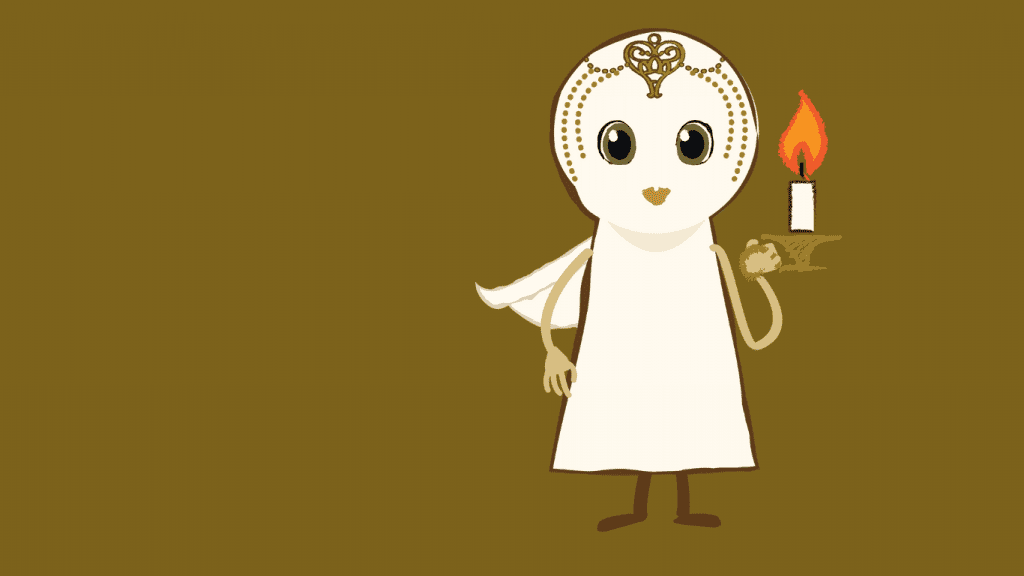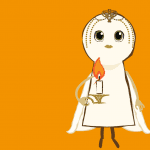WELLNESS SERIES: CATHARSIS
by Natalie Smithson
Feat. The Living Lantern by light artist Frankie Boyle, Andrea Walker’s choreography around grief, and Elaine Hong’s immersive experience about losing the memory of loved ones.

Progressive technologists and creatives aren’t shying away from difficult emotions, not even the ones that are often too overwhelming to talk about openly or with confidence. They embrace them.
Try to avoid difficult feelings and “you have dead people’s goals,” says psychologist Susan Dale, whose research shows one third of the 70,000 people she spoke to judge themselves harshly for feeling sadness, anger or grief.
“Only dead people never get stressed, never get broken hearts, never experience the disappointment that comes with failure. Tough emotions are part of our contract with life,” she says. “Internal pain will always come out.”
Bringing art and science into safe, compassionate, often beautiful spaces, creatives today are finding fresh ways to help us deal with our biggest, most complex emotions to feel better.
Artistic expression offers a new form of language
For light artist Frankie Boyle, words don’t come easy, since she has Developmental Language Disorder (DLD) and dyslexia. Expressing herself verbally or in writing can therefore be challenging, and accompanied by ADHD, Frankie’s neurodivergences leave her with memories of her school days as “one of the worst times“. Yet fast forward to today, you’ll see Frankie found a successful way to use her differences to her advantage, showing herself and others how “the tables can turn” with a positive spin.
Frankie’s crafted out a bold career working with brands like Selfridges, Google and Magnum, producing immersive art experiences, public artworks and installations that “gently activate the nervous system, engaging the limbic brain to evoke deep, often subconscious, emotional responses”.
Inspired by nature, Frankie creates a breathing space for people holding onto weighty feelings, where they can take a moment to feel them, process them, and let them go.
Her Living Lantern installation, on tour around the globe, moves in sequence with its environment. Wooden during the day, it comes alive at night, filling with light, moving up and down, and in and out.
The light sequences have been designed to evoke a meditative state in the viewer in a similar way to when we observe a candle flicker over time. With this in mind, rather than having a noticeable beginning and end, the sequences on the Living Lantern are abstract and in constant transformation. This approach means that people are able to spend as much or as little time with the artwork as they choose. We purposely decided not to make the lighting interactive or responsive, instead it is designed to act as a portal for the viewer to access their own inner world. ― Frankie Boyle on Instagram
When lived experience collides with a powerful desire to help others battle through difficult feelings too, we see an iconic outcome. Frankie’s vibrant expressions of emotional entanglement whisper in the ears of those who need to hear them, guided by her commitment to delivering a collective consciousness that soothes us all.
Creativity is a dance with your audience to share and lift pain
Underpinned by light and sound technologies are countless creative ways to help people heal.
Andrea Walker, choreographer at 201 Dance Company, knew immediately after reading Sad Book he wanted to adapt Michael Rosen’s writing for the stage. Going to see the show, I felt the burn of that passion instantly in his deeply moving depiction of living with grief.
Not a word is spoken throughout the hour-long performance, yet I was instantly taken back twenty years to a sudden and traumatic bereavement. In the movements of the dancers, with clever lighting and greyed-out costume, I recognised the stages of grief I’d lived through and it was liberating to see them visualised.
Impossible twists of emotion were exposed, ready to be identified, processed, and released in a clever display of movement and dance that included only a handful of strategically-placed props.
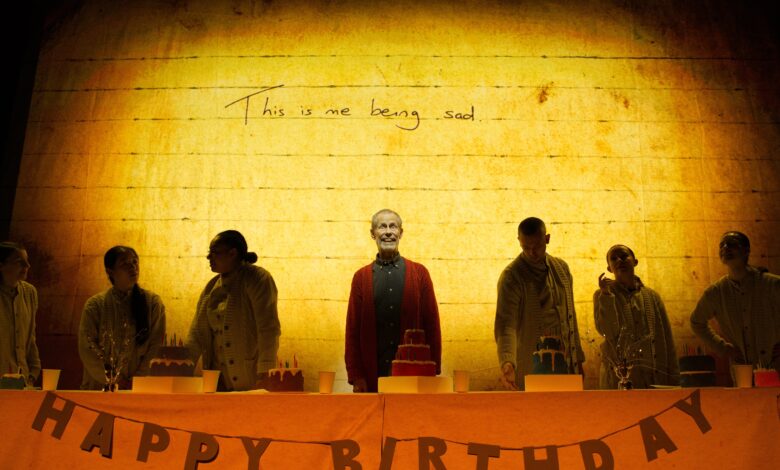
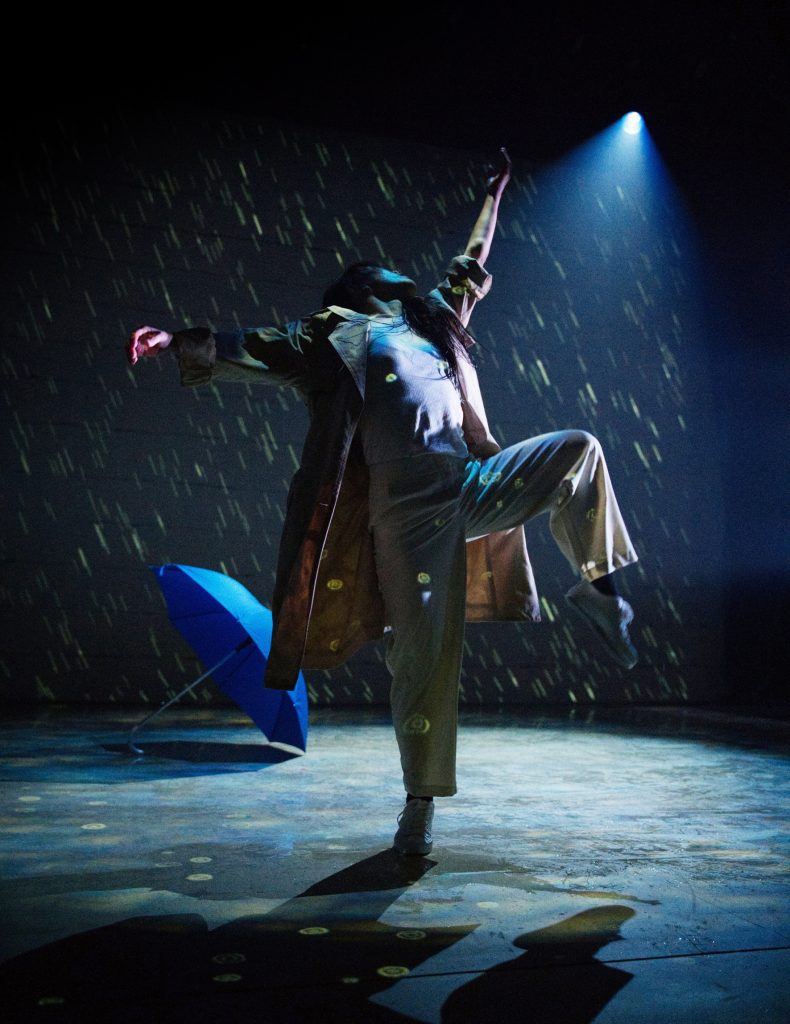
Behind the dancers was a giant screen, showing images from the original book. A nod to the author, brave enough to share his private experience of losing his son.
It opened up a healthy conversation about grief. To express how difficult it is, and how impossible it is to talk about in any way that can make any sense of the loss.
Yet with the right blend of creativity, technology, and a will to deliver meaningful work, you can help someone see the emotion, dance with it, and feel better for not wrestling difficult feelings alone.
Sometimes there’s nothing else to do but relate
Real world experiences that test us to our limits can often feel otherworldly. Drifting through the form and process of illness, or feeling helpless to make an impact or change. There’s something important about crafting an imaginary world that mirrors this odd place of existence when everything’s out of your control.
Like wandering around your own thoughts but with tangible objects and scenes to look at and feel, surreal surroundings can sometimes make as much sense, if not more, than what’s happening in real life.
Inspired by the love story of her grandparents, Elaine Hong created a pop-up immersive installation in New York called Love Me Hug Me in 2020. Kayla’s Chaos, who visited the show, says “the goal is to encourage visitors to cherish the present” when the future is uncertain.
With seven rooms inside, each tells a part of the story of a couple whose memories are gradually stolen by Alzheimer’s disease.
“You’ll begin the exhibit by watching a short film about Modesto and Lolis and then walk through seven different rooms, each modeled after a happy memory from their past,” reports Buzzfeed.
One room is yellow with butterflies all around, another is filled with a pink hot air balloon and white fluffy clouds, and another has retro box TV sets on the floor surrounded by butterflies that cascade up the wall to frame a prominent question: “What would you say to me, if I lost my memory and cannot recognise you?”
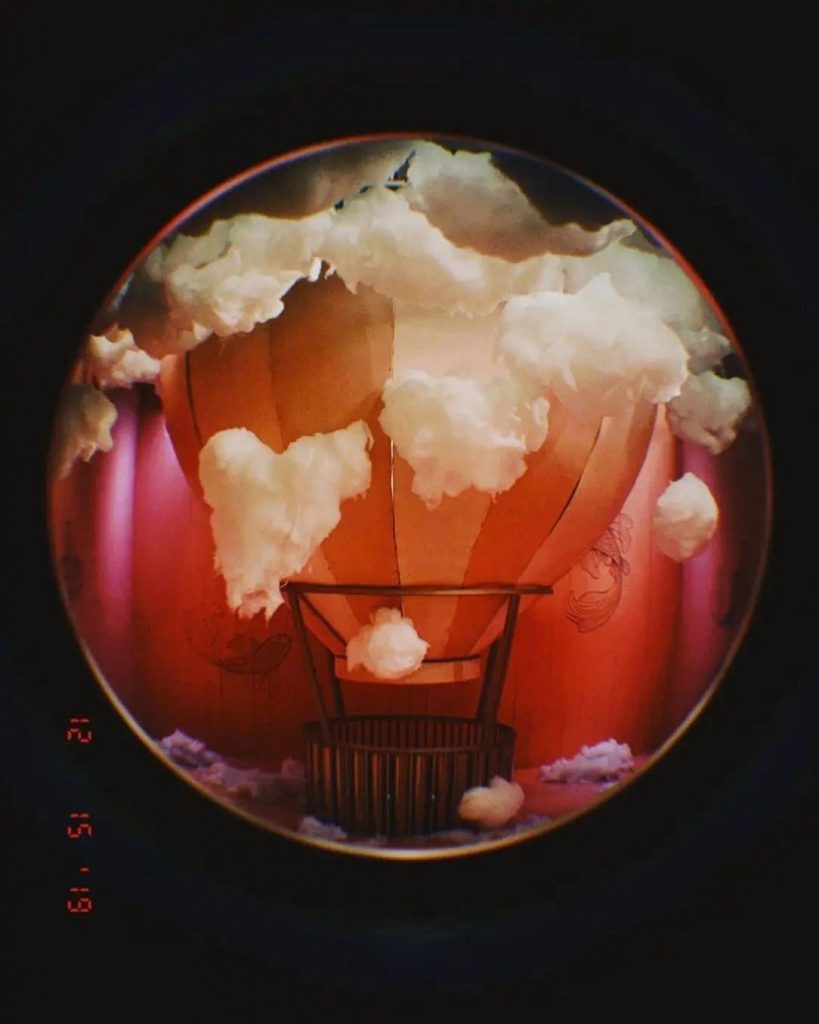
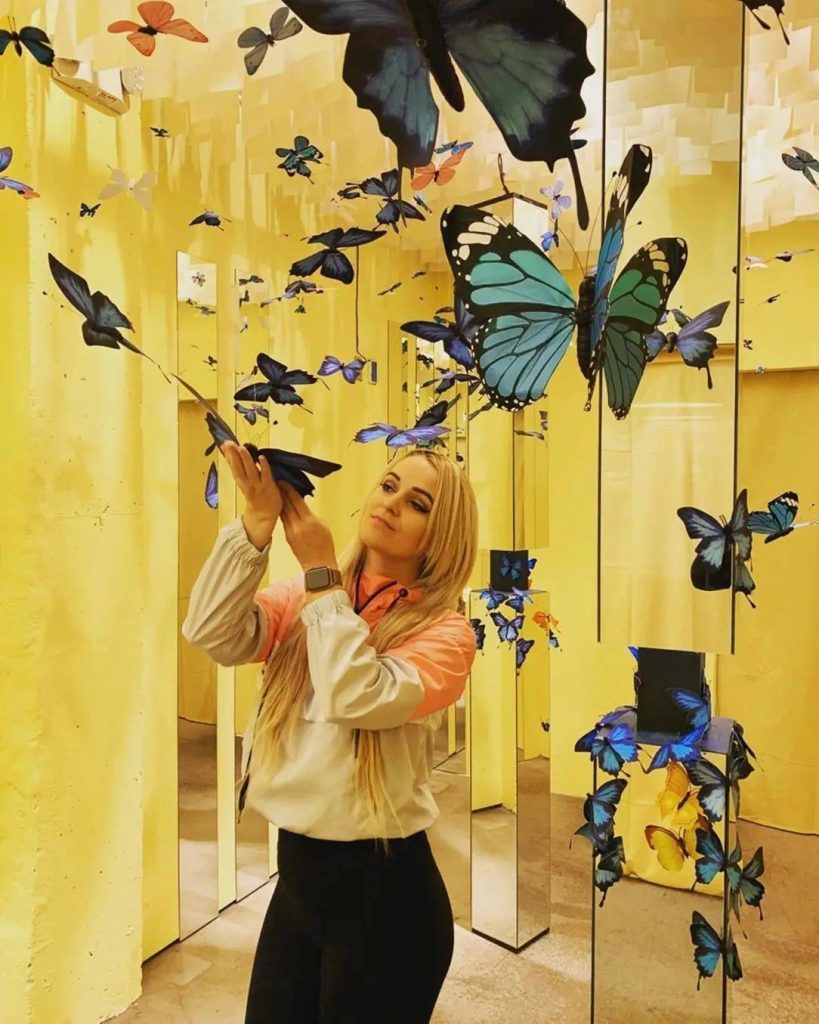
Images sourced from the Love Me Hug Me Facebook page
In this safe, captivating space where you can tackle difficult, spiky emotions, there are visual, auditory, and experiential elements designed to help you think. The opportunity to “write answers to questions about the memory loss of loved ones on note cards” helped one visitor find comfort:
The message is that, even without memory, love lasts and it helps.
Another says the experience reminded her of her grandfather who passed away from the disease, remarking it’s “just beautiful”.
Hurt doesn’t have to stay ugly
Trying to process difficult feelings can cloud your mind until you’re unable to think or even operate clearly. Get all up in your own head and you can get lost in there; drifting, fearful, anxious, or sad.
Being able to touch a work of art or follow its movement, watch others express feelings you’ve lived with, or write a note in an immersive experience can help bring you back to reality. The intention of the creator can help pull you through a painful place and release powerful sensory responses that make you feel alive or back in control.
In the right hands, immersive art and new tech can help set you free.
